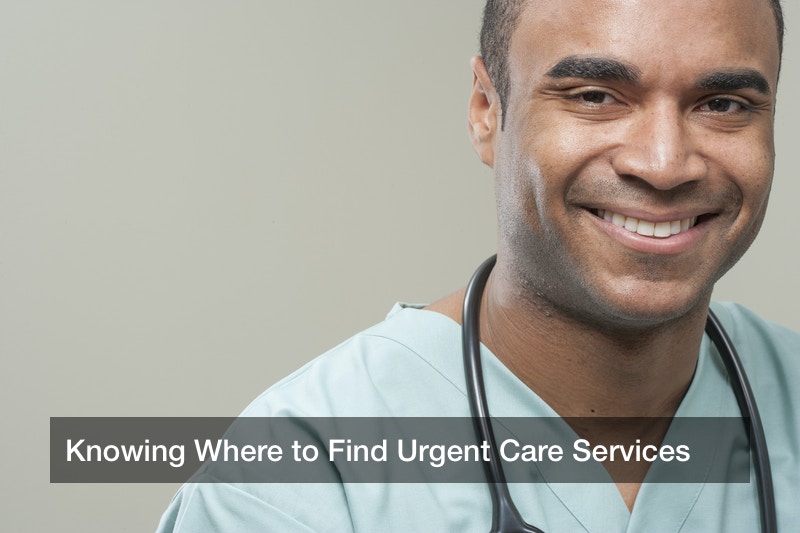
Every so often, a person will suffer an illness or an injury or wound that calls for medical attention from professionals. If someone needs help, then a nearby responsible adult such as a friend or parent may look up urgent care centers in the area, or even emergency rooms at local hospitals if need be. Urgent care is useful for non emergency cases, and emergency care can save a life. If the person does not already know urgent care centers or emergency rooms nearby, they can look up such sites online with a PC or a smartphone. In this way, the client may find out the name, hours of operation, and the address of a local family urgent care center, pediatric care center, walk in clinic, and more. Some patients are children, and they need to be taken either to a family urgent care or to a pediatric care center, where pediatricians may help. At family urgent care centers, the staff can handle a patient of any age who needs urgent care. This is similar to a family doctor’s office, except a family urgent care center can help a patient at a moment’s notice, while a doctor requires an appointment to be made first.
Knowing When Emergency Care is Needed
At first, “urgent” and “emergency” care sound fairly similar, but in fact they represent two different levels of care. Emergency care, in particular, is for patients who are in serious condition, and the patient’s life might even be in danger in some cases. Emergency clinics and a hospital’s ER can provide this level of care, and an ambulance may take a patient to the hospital if necessary. Why might someone need emergency care at the hands of doctors and physicians? Broken arms and legs are a common reason to get emergency care, and the same is true of head injuries or eye injuries, too. Bullet wounds or stab wounds also call for the ER, and such wounds may be bleeding heavily, and internal organs might be damaged, too.
Some conditions also call for the ER. A patient may have difficulty breathing or major chest pain, and those conditions may become life-threatening at any moment (if they aren’t already). The same is certainly true if a patient is havin or just had a heart attack or a stroke. And what about abdominal pain? Such pain is actually quite common, and most cases aren’t very serious, if at all. But if the abdominal pain is serious, sudden, and/or long-lasting, it is safest to visit emergency care services and have professionals handle it.
A hospital’s ER can save a life, but it shouldn’t be thought of as a universal medical center. Minor and non life-threatening medical cases can be handled at an urgent care center or walk in clinic, and such clinics are often cheaper and more convenient to visit, anyway. They are often known as “convenient care” centers for this very reason.
Looking for Urgent Care
Emergency care handles major and life-threatening medical cases, while urgent care can handle many medical problems below that level of urgency. The good news is that many hundreds, if not thousands, of walk in clinics and family urgent care clinics can be found across the United States today. Many of them are small and independent clinics run by nurse practitioners and physicians, and these clinics are typically built into strip malls, or they may even be built into large retailers or in a hospital. Most often, these clinics have a pharmacy with trained pharmacists on hand, so guests may get prescription drug refills. Many shoppers may do this at a retail clinic, for convenience.
Many patients visit these urgent care clinics to get stitches or bandages for shallow cuts, and the staff there may also provide lotion or ointment for bad sunburns or skin rashes, too. Four in five of these clinics provide treatment for bone fractures, and often, these clinics may offer ice packs, braces, and other treatment for sprained wrists or ankles, too. Patients may also visit during influenza season to get medicinal relief from the cold or flu, and those guests may also have upper respiratory issues looked at, too. This is a very common reason to visit clinics or the doctor’s office.
